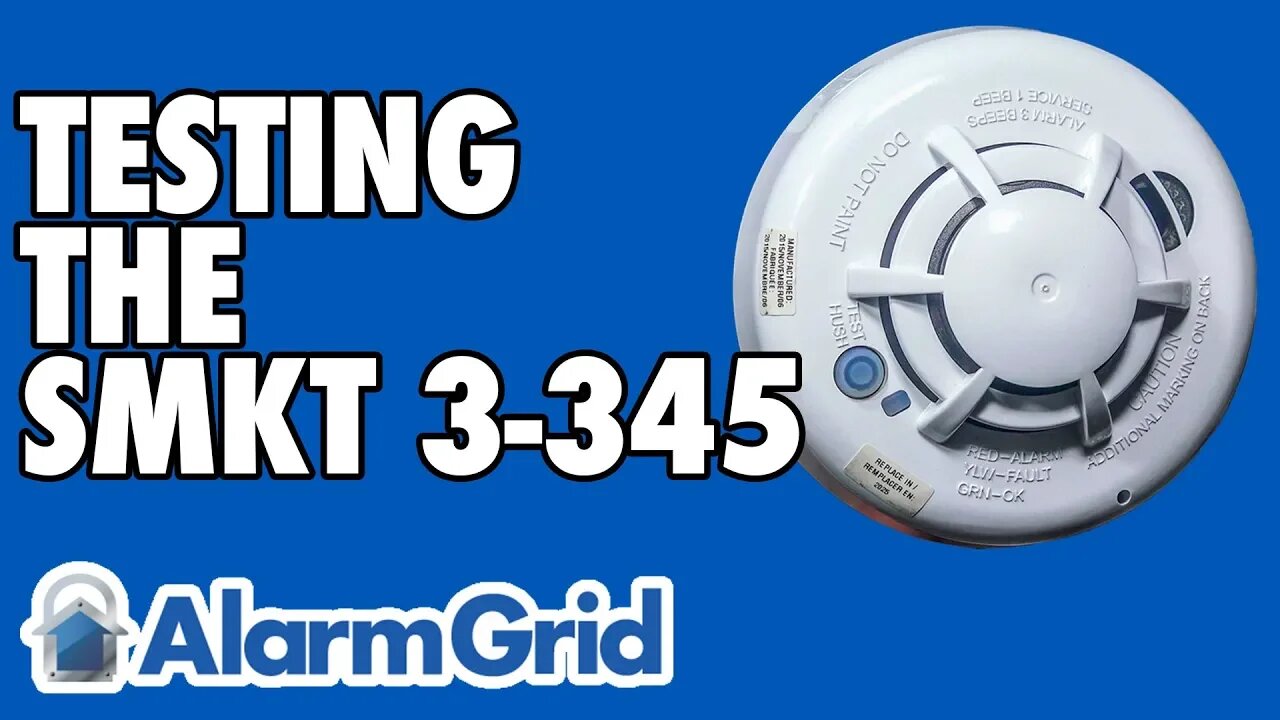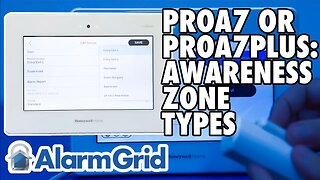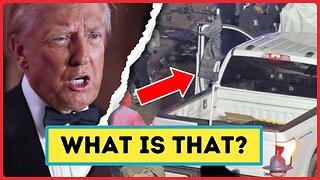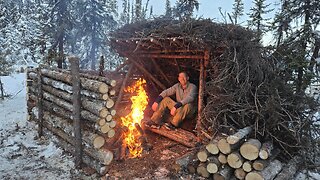Premium Only Content

Testing the 2GIG SMKT3-345 Smoke and Heat Detector
In this video, Jorge demonstrates how to test a 2GIG SMKT3-345 Smoke and Heat Detector for proper function. The end user should always make sure to put their system on test mode with the central monitoring station before testing a life-safety sensor. This is to avoid causing any costly false alarms.
The 2GIG SMKT3-345 is a smoke and heat detector that alerts a compatible alarm system to a fire. It uses photoelectric technology to detect smoke. Both fixed temperature detection and rate-of-rise detection are used for heat detection. In order to perform a true test, a user will actually need to set off the device using smoke or heat.
If a user just wants to test the device's sounder, LED lights and signal transmitter, then they can simply use the test button on the 2GIG SMKT3-345. The sensor will go into alarm after the user presses and holds the test button for the sensor. But if they want to test for actual smoke and heat detection, then they will need to actually activate the device. This can be done by simulating a fire using appropriate equipment.
Obviously, you don't want to start a fire just to test your smoke detector! You should never intentionally start a fire, as it is very dangerous. Fortunately, there are other ways to test this equipment. For smoke detection, you can purchased canned smoke and spray the smoke into the vents. The smoke will enter the device's chamber and cause an internal light to refract. This will activate the photoelectric smoke detector.
For heat detection, a simple hair dryer will normally do the trick. You should run the hair dryer on its highest setting and point it directly at the 2GIG SMKT3-345 Smoke and Heat Detector. You should hold the hair dryer about six inches away from the sensor when doing this. After a few moments, the sensor should respond to the unusually high temperatures.
Most importantly, never test this sensor without putting your system on test mode first! Failure to follow this principle could result in a very costly false alarm and unnecessary fire dispatch. Remember to test your smoke detectors regularly and replace the batteries when needed.
-
 10:19
10:19
Alarm Grid Home Security DIY Videos
1 year agoPROA7 or PROA7PLUS: Awareness Zone Types
28 -
 6:03:57
6:03:57
TheBedBug
12 hours ago🔴 LIVE: EPIC CROSSOVER - PATH OF EXILE 2 x MARVEL RIVALS
82.7K5 -
 1:12:45
1:12:45
The Quartering
10 hours agoTerror In New Orleans, Attacker Unmasked, Tesla BLOWS UP At Trump Tower! Are We Under Attack?
145K250 -
 1:32:08
1:32:08
Robert Gouveia
11 hours agoNew Year TERROR; Trump Speaks at Mar-a-Lago; Speaker Johnson FIGHT
118K104 -
 22:21
22:21
Russell Brand
1 day agoVaccines Don't Cause Autism*
189K735 -
 2:05:27
2:05:27
The Dilley Show
11 hours ago $3.46 earnedNew Years Agenda, New Orleans Terror Attack and More! w/Author Brenden Dilley 01/01/2025
111K38 -
 25:45
25:45
Outdoor Boys
3 days ago3 Days in Arctic Survival Shelter - Solo Bushcraft Camping & Blacksmithing
81.5K27 -
 2:59:05
2:59:05
Wendy Bell Radio
18 hours agoAmerica Is Back
127K120 -
 1:45:57
1:45:57
Tucker Carlson
5 days agoAaron Siri: Everything You Should Know About the Polio Vaccine, & Its Link to the Abortion Industry
164K194 -
 1:46:38
1:46:38
Real Coffee With Scott Adams
13 hours agoEpisode 2707 CWSA 01/01/25
63.9K44